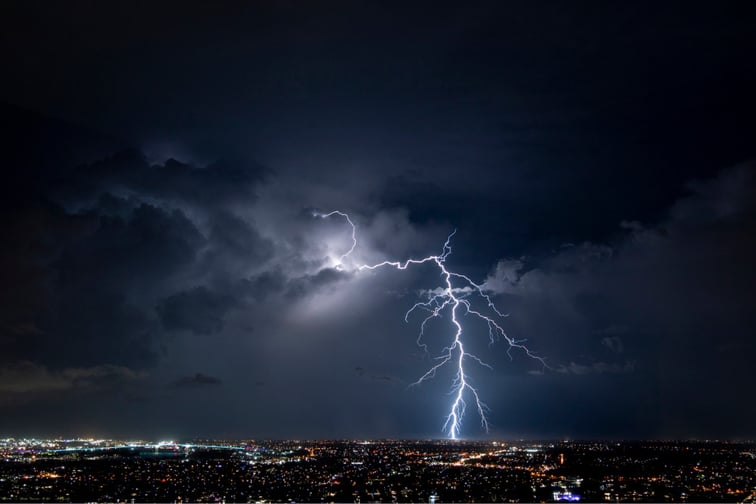

Insurance Australia Group (IAG) brand NRMA Insurance (NRMA) has released its latest Wild Weather Tracker report (Tracker or Wild Weather Tracker), showing the significant impact of severe weather events across Australia.
Released after every season, NRMA's Wild Weather Tracker outlines the volume of severe weather and natural disaster claims that NRMA receives in Queensland, New South Wales (NSW), the Australian Capital Territory (ACT), South Australia (SA), Western Australia (WA).
It also tracks community research into the attitudes and behaviours regarding preparation for natural disasters and severe weather events and features expert advice from the insurer's emergency response partners, including critical steps to help people protect their homes.
The latest Tracker revealed an unprecedented summer of extreme weather, including the recent storms and flooding that devastated communities in southeast Queensland and northern NSW, flood emergency in SA in January, and the hottest summer on record in some parts of WA that resulted in bushfires across the state.
Based on these severe weather events, the Tracker estimated a 53% increase in home insurance claims over the summer compared to the previous year and before the recent flooding. It also found that 67.5% of all home insurance claims nationally resulted from wild weather, with the proportion even higher in the ACT (85%), Queensland (74%), and NSW (70%).
Focusing on the recent catastrophic flooding in Queensland and NSW, the Insurance Council of Australia (ICA) reported that insurers had received 163,853 claims related to the severe weather event as of March 25, a 0.9% increase from the previous day's numbers. Meanwhile, NRMA reported receiving over 24,000 claims as of March 24, the full impact will be outlined in the Tracker's autumn edition in June 2022.
Read more: NRMA Insurance teams up with Google Maps
The fourth NRMA Wild Weather Tracker also revealed growing community concern about extreme weather, with 72% of Australians worried that natural disasters are becoming more frequent and severe and 78% claiming climate change worsens the already severe weather.
The results aligned with the ICA's recent survey, which found that two-thirds of Australians residing in areas impacted by the recent Queensland and NSW flooding have backed calls for all Australian governments to invest in extreme weather resilience.
With the concerning results of the latest Tracker, the Bureau of Meteorology's (BoM) latest weather warnings, and growing community concern about extreme weather events, NRMA has called for urgent disaster mitigation funding.
Mark Leplastrier, executive manager natural perils at NRMA, suggested building back to better standards and considering the future risks of an area when planning or zoning; otherwise, individuals, communities, businesses, and governments will remain vulnerable to widespread destruction.
“To better protect communities, we need everyone who brings expertise in understanding the impacts of severe weather events to be at the same table, sharing their data and insights,” Leplastrier added. “That means insurers, banks, governments, councils, and builders who can provide input and clear information before people make important decisions like buying a house. Improving education around this will achieve fairer outcomes for these vulnerable communities.”
